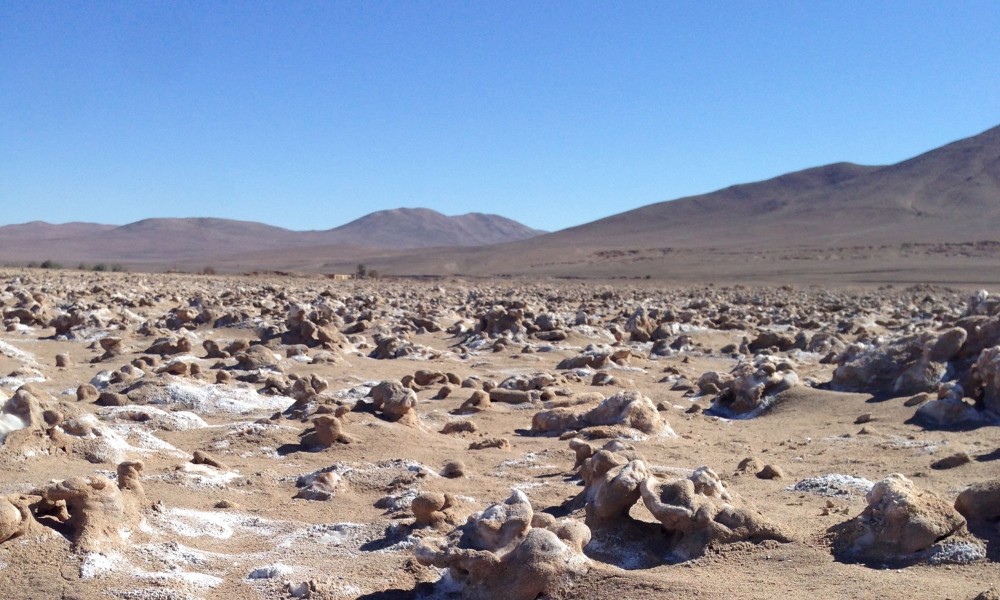Deadline: November 3, 2025
Notification: March 2026, for work taking place in April or later
Eligibility
Grants will be available to graduate students and postdoctoral and junior scientists who wish to participate in field studies for their theses or for other purposes. Eligibility for applicants with doctorates is limited to those five years or fewer beyond their Ph.D. or equivalent degree, although, rarely, exceptions may be made. A graduate student applicant should ask his or her academic supervisor or field trip leader to write one of the two letters of recommendation, specifying the role of the student in the field trip and the educational contribution of the trip.
Budgets should be limited to travel and related expenses, including personal field equipment.
The competition is open to U.S. citizens, U.S. permanent residents, and foreign nationals formally affiliated with a U.S.-based institution, who may carry out research anywhere in the world. Applicants from outside of the United States and U.S citizens affiliated with foreign institutions may not apply. Both members and non-members of the NASA Astrobiology Program are eligible.
When appropriate, applicants should provide assurances that safety measures will be taken for potentially hazardous projects. When necessary, the applicant and his or her supervisor should describe the field training that will be provided and the provisions for experienced supervision. The applicant should reference the connection of his or her project to astrobiology via the Astrobiology Roadmap. This information should be included in the Statement of Purpose.
Awards
Amounts will depend on travel costs, but will ordinarily be in the range of several hundred dollars up to about $5,000. Grants are payable to the individual applicant. Lewis and Clark Fund grants are taxable income, but the Society is not required to report payments. It is recommended that grant recipients discuss their reporting obligations with their tax advisors. Grant funds are not to be used to pay income tax on the award.
Requirements
Each grant recipient will submit brief reports on his or her trip for archiving in the APS Library (where the Lewis and Clark and other early reports of exploration are also stored) and for distribution by the NASA Astrobiology Program. The project and financial reports are due one month after completion of the funded portion of the work, per the time frame indicated on the proposal.

